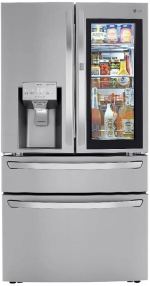Food Spoilage:
Is Your Refrigerator Killing You?
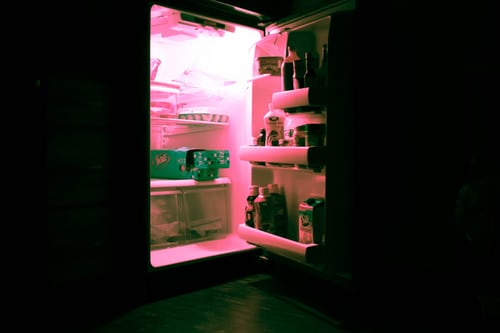
Food spoilage is one of the most common causes of food poisoning issues. A refrigerator that isn't functioning at its full potential might very well be causing you and your family to become sick.
We often take our appliances for granted. If they’re plugged in and
turned on, that’s usually how much we need to think about them.
Most refrigerators are fairly reliable and the days of regularly defrosting
your fridge are long gone. But that doesn’t mean that a little routine
maintenance and cleaning isn’t essential.
After all, a refrigerator’s sole purpose is to preserve food. But the only way it can do that is to maintain a constant temperature. But when a refrigerator is dirty, overstuffed, or not functioning properly, it
can’t -- plain and simple.
These issues can cause your food spoilage sooner than it should and in ways
that you might not detect.
Here are a few tips you may want to consider to make sure your refrigerator is working as it was intended:
1) DON'T OVER-STUFF YOUR REFRIGERATOR
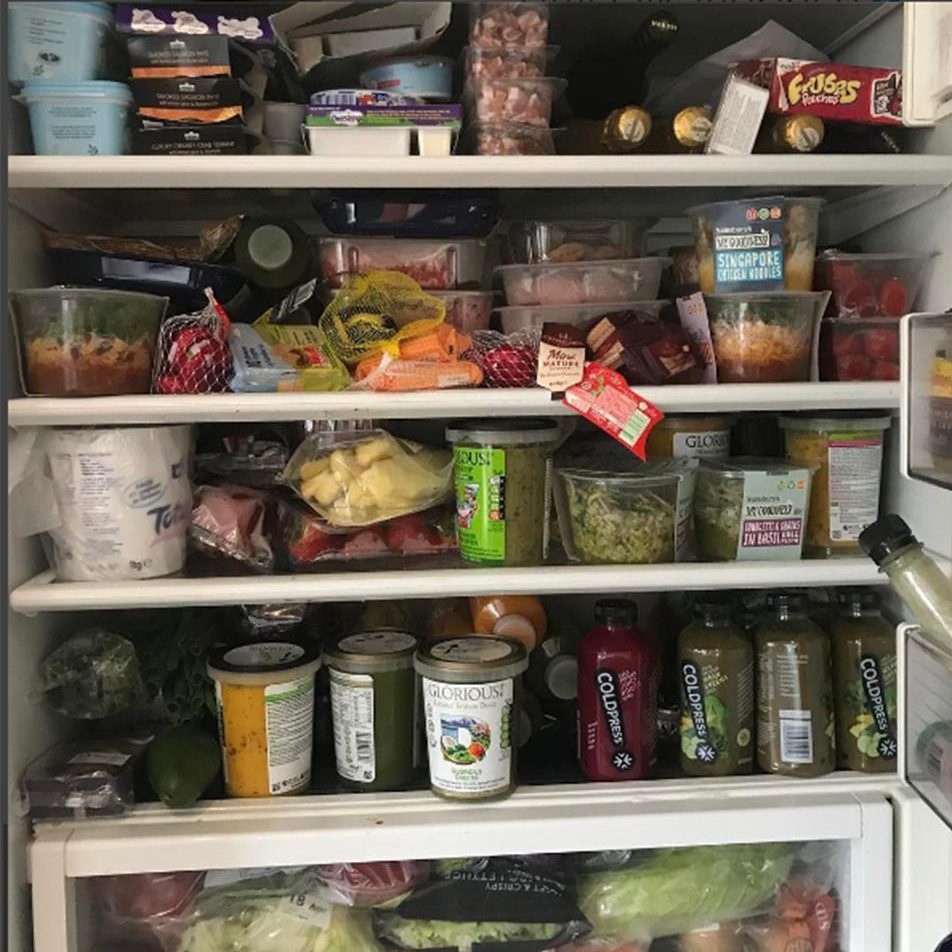
It’s tempting to cram a ton of food into your refrigerator. But when you do you block the flow of air. Doing so negatively affects the mechanics of the refrigerator and doesn’t allow many of the items in your fridge to inadvertently warm. Doing so causes a buildup of bacteria which in turn can make you very ill.
2). FRUITS AND VEGGIES DON’T MIX:

Contrary to popular belief, one of your produce drawers should just be used just for your vegetables. Fruit should be in a separate drawer as fruit gives off an enzyme that causes your vegetables to rot prematurely.
3). CLEAN SPILLS AS THEY OCCUR:
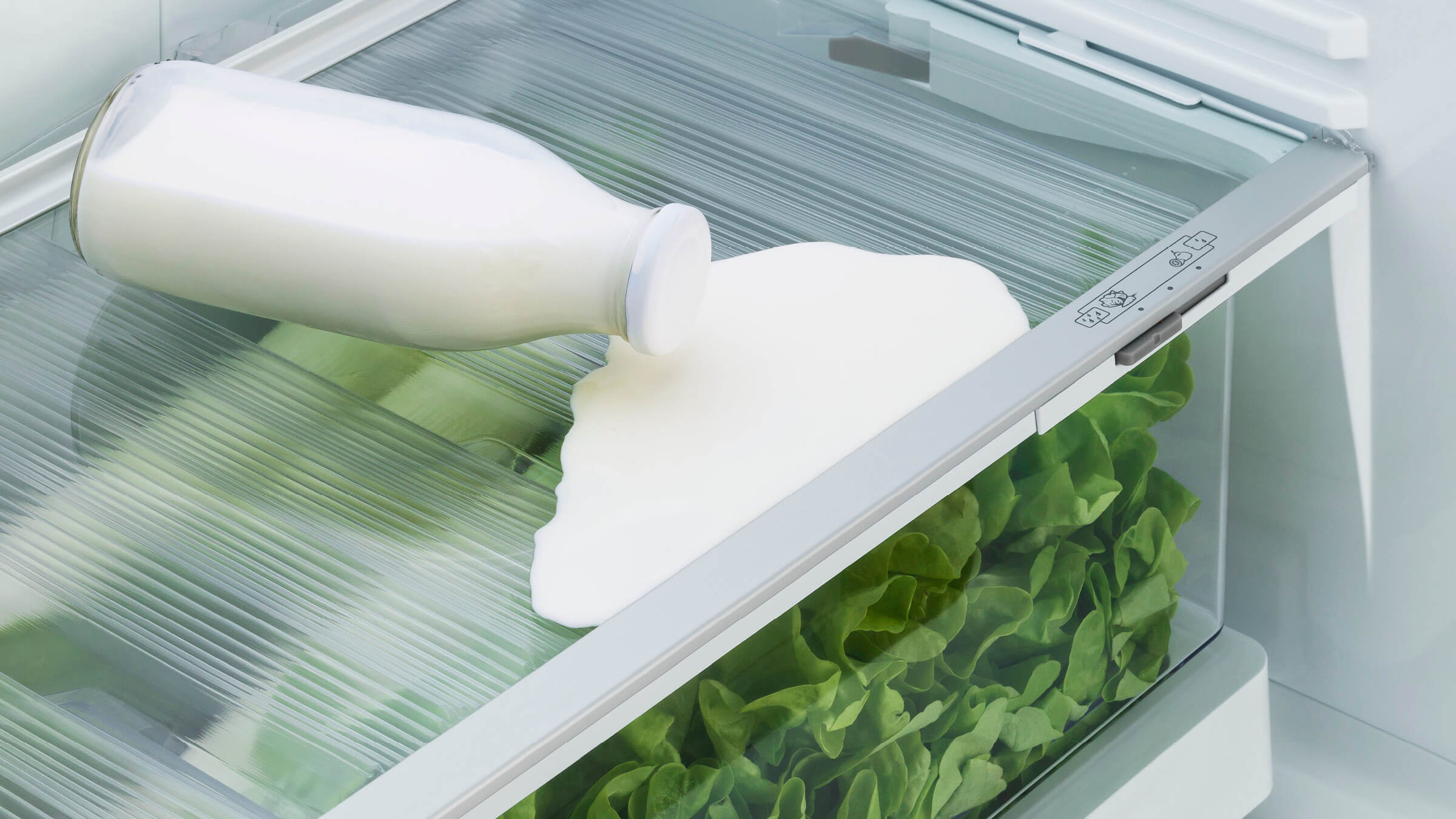
Just because you might have spill proof shelving doesn’t mean that your spill didn’t go down the walls of the fridge and into the vents. Make sure you take the time to clean up any spills.
4). SET BOTH THE REFRIGERATOR AND FREEZER TO THE RECOMMENDED TEMPERATURES:
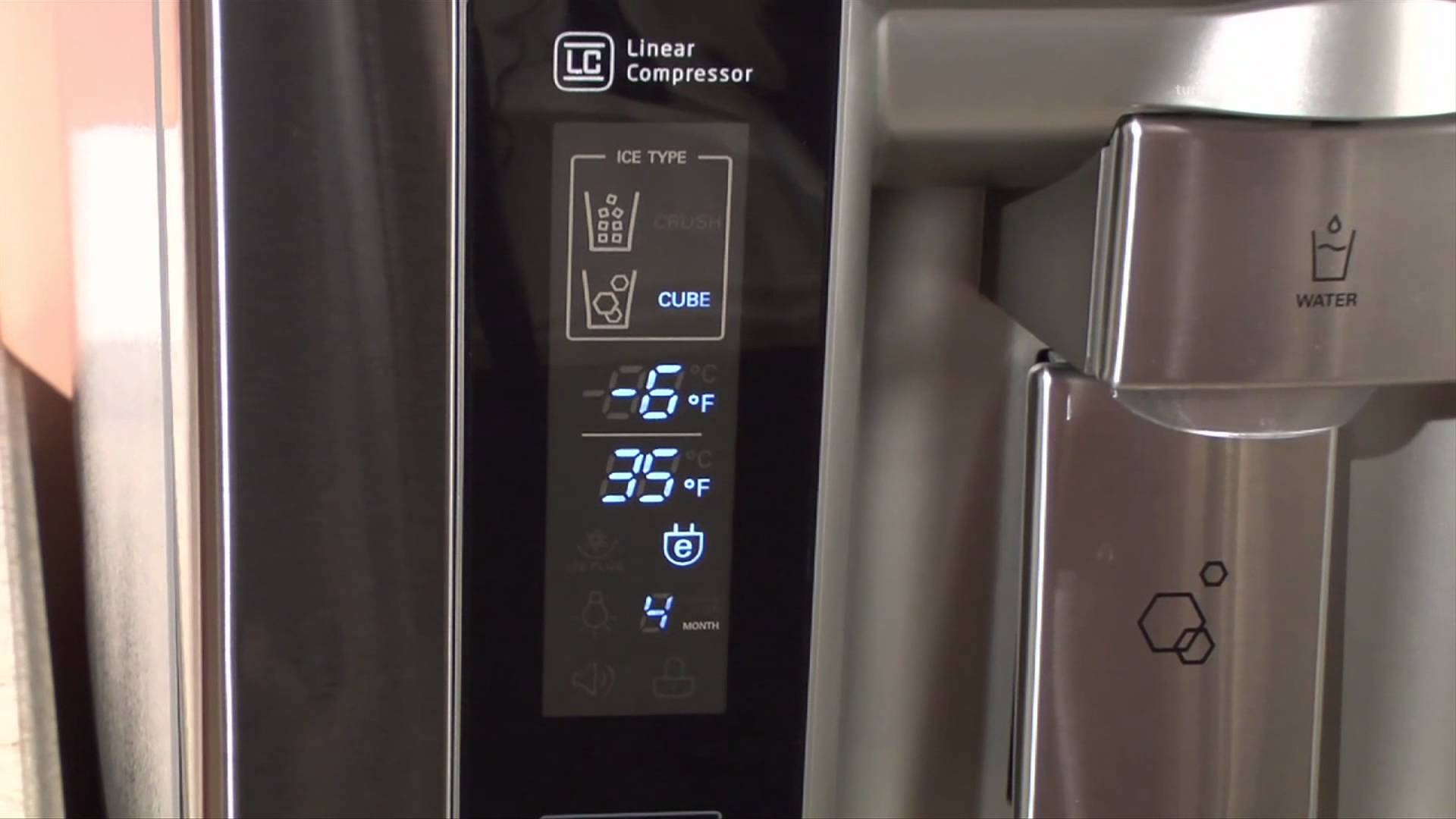
There is a lot of nonsense on the net about the optimal internal temperatures of a refrigerator. But ideally it should be 35° F (1.6° C). This is cold enough to keep throngs fresh but not so cold that your lettuce becomes an iceberg.
5). RAW MEAT ON BOTTOM SHELVES:
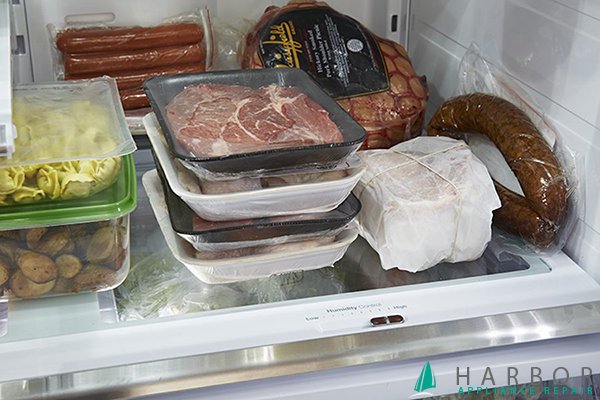
One of the more common ways to get a
food borne illness is by improperly storing raw meat. You want to be sure
that this is on the BOTTOM shelves. Mainly in case it drips.
The juices in raw meant are typically a breeding ground for salmonella,
listeria and all sorts of party killer bacteria. So store all your raw meats on the bottom shelves.
As an extra measure, you might put them on a tray within the fridge to avoid
anything from leaking out onto the shelf or into the produce drawers.
A sheet of foil can also help.
6) DON’T USE THE EGG TRAYS:
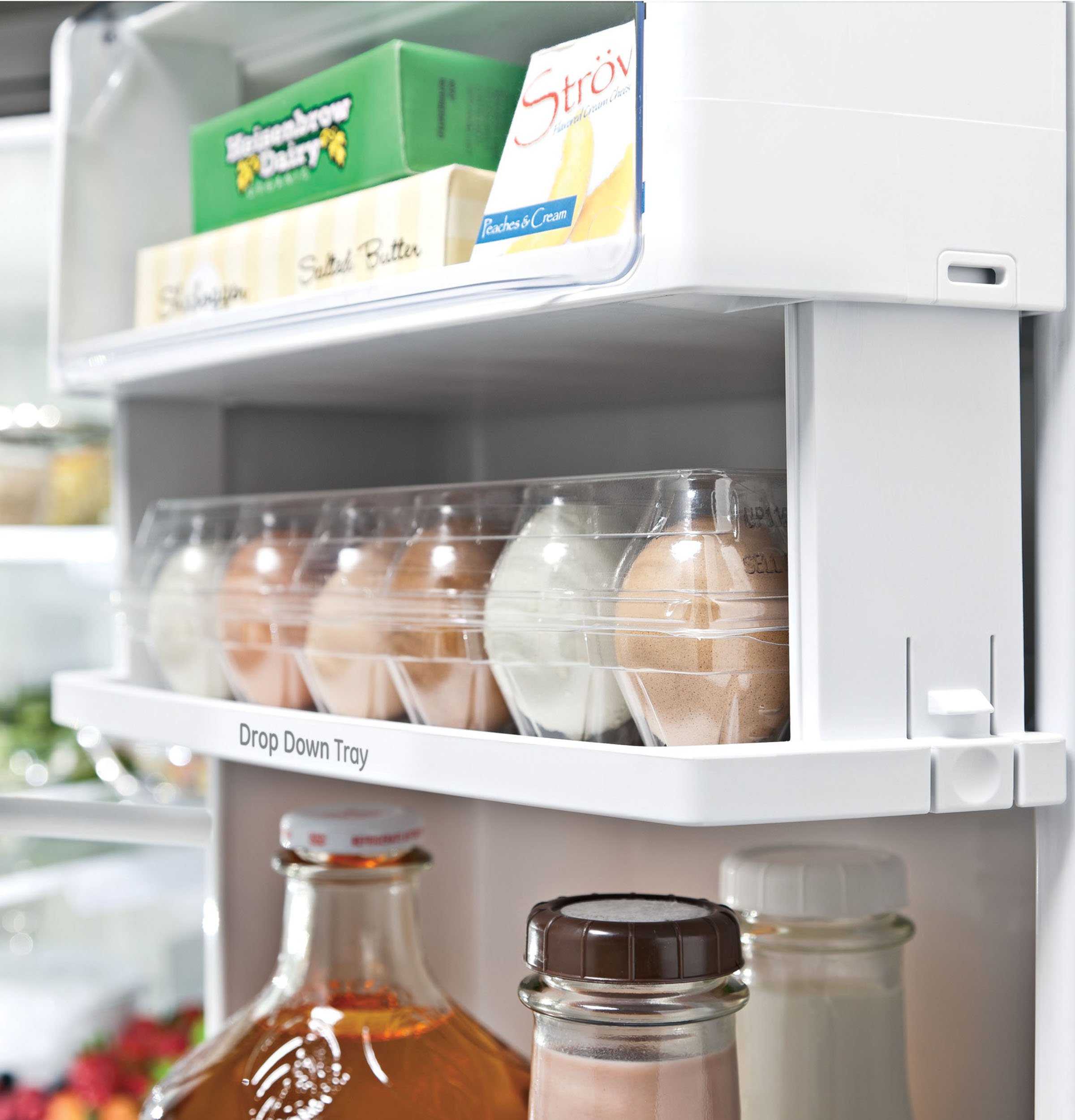
Eggs are typically one of the worst culprits when
it comes to identifying the source of a food borne illness.
The door is the one area of the fridge that you can’t accurately maintain a
constant temperature. (Ironic that they put the egg trays there). So keep your
eggs in their original carton and place them on one of the shelves inside the
fridge.
7). EXPIRATION DATES: AVOID FOOD SPOILAGE BY PAYING ATTENTION!

Even though a manufacturer adds an expiration date, sometimes we all know that if there’s no smell, or change in texture (eg, slimy) it’s likely still good to eat. But the scary part about food spoilage is that a lot of people just ignore the dates altogether. Keep note of them especially with meat and dairy. They put those dates on for a reason and if you ignore them outright you’re potentially asking for trouble. Also, for leftovers, it's a good idea to use a Sharpie Pen and write down the date you put it into the fridge. It's your OWN expiration date if you will!
8). CLEAN YOUR REFRIGERATOR:
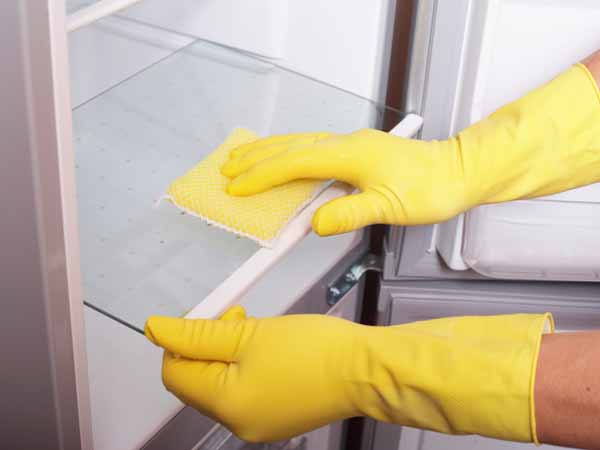
Okay, we know, the one tip you didn’t want to read. Because this one involves work. But one of the best ways to prevent food spoilage is to take the time to clean out your refrigerator.
Not
just removing items that have expired, but you need to wipe down the walls, the
shelving and the insides of the drawers and doors at least once a year.
Use
an antibacterial wipe like the Clorox®
Disinfecting Wipes. They remove germs, and bacteria such as:
· • 99.9% of germs that can live on surfaces for up to 48 hours
· • Kills 99.9% of Viruses* and Bacteria
· • Kills Staph, E. coli, Salmonella, Strep
Recent Articles
-
Top 10 Refrigerators 2025 - Editor's Picks and Reviews
Jun 24, 25 03:58 AM
Discover the Top 10 Refrigerators 2025. Our editors rank the best models for every budget, kitchen size and style -- and help you find the best price. -
LG, Bottom Freezer, LDC22720ST
May 02, 24 01:00 AM
Bought an LG Bottom freezer refrigerator from a well known explanation point department store. And purchased the 10 year warranty for major components. -
Is it safe to set a full size refrigerator on carpet?
Jan 18, 24 05:18 PM
I have a full size refrigerator with top freezer. Is it safe to run it setting on a carpeted floor, if not what can I put under it? The unit is brand

